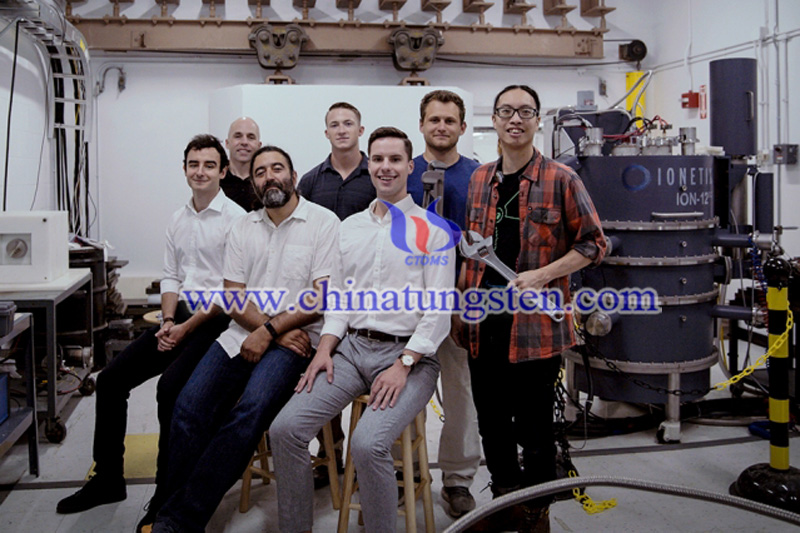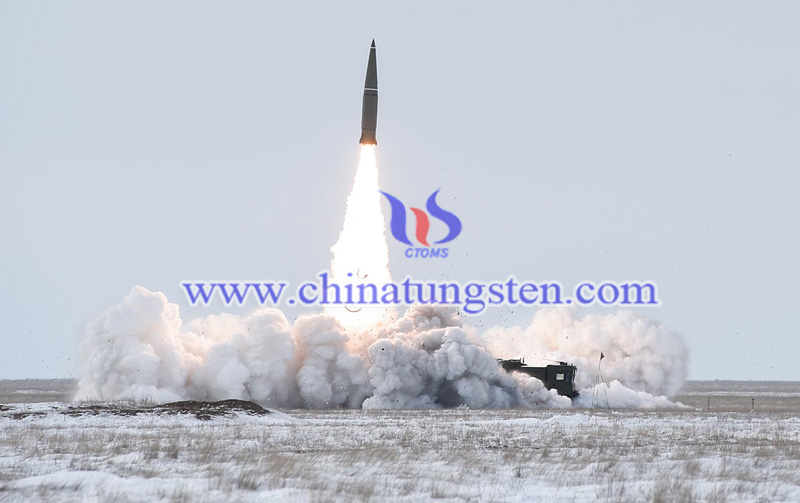MIT Scientists Use Tungsten and Molybdenum to Verify Nuclear Weapons
- Details
- Category: Tungsten's News
- Published on Monday, 07 October 2019 11:44
Via using tungsten and molybdenum as substitutes for warheads, scientists at the Massachusetts Institute of Technology (MIT) have figured out a way for verifying nuclear warheads. The completion of their work by nuclear weapons inspectors can also encourage nuclear-monitoring countries to undergo inspections, thereby achieving the goal of reducing the number of nukes in the world.
According to the MIT website, when the state and the country sign an agreement to reduce nuclear weapons, they usually do not allow the nuclear reduction personnel to thoroughly inspect them, to avoid the leakage of military secrets their manufacturing.
To comply with such an agreement, some countries will destroy nuclear weapons deployment systems such as bombers to show that they cannot be deployed, rather than destroying themselves. But this has led to the stockpile being attacked and stolen, or the risk of an accidental explosion.

Areg Danagoulian, the MIT nuclear weapon scientist said that it is necessary to take precautionary measures to deal with these dangerous situations and trace those nuclear warhead stocks. This requires a method to tell if the nuclear warhead has been dismantled.
To this end, Areg Danagoulian and colleagues developed a method of using a neutron beam for testing. This method can detect isotopes of the elements such as plutonium, and such isotopes can be found at the core of nuclear warheads.
In the experiment, the MIT researchers sending a horizontal neutron beam first through a proxy of the warhead, then through an encrypting filter scrambling the information. The beam’s signal was then sent to a lithium glass detector, where a signature of the data, representing some of its key properties, was recorded. The tests were performed using molybdenum and tungsten, two metals that share significant properties with plutonium and served as viable proxies for it.

To conduct a weapons inspection, a host country would present a warhead to the inspectors who run the neutron-beam test on the materials. If it passes muster, they could run the test on every other warhead intended for destruction as well, and make sure that the data signatures from those additional bombs match the signature of the original warhead.
The analyzing data can help to confirm if the neutron beam passes the real nuclear warhead. In the test, scientists use molybdenum and tungsten as substitutes for warheads. The encryption process of this test method is safer than the encryption of the computer. MIT Scientists point out that if countries have signed nuclear reduction agreements have confidence in the security of their military secrets, they are more willing to let weapons inspectors check their nuclear warheads. This test method may help reduce the large inventory of nuclear weapons.
- Tungsten Manufacturer & Supplier, Chinatungsten Online: www.chinatungsten.com
- Tungsten News & Prices of China Tungsten Industry Association: www.ctia.com.cn
- Molybdenum News & Price: news.molybdenum.com.cn
- Tel.: 86 592 5129696; Fax: 86 592 5129797; Email: sales@chinatungsten.com



 sales@chinatungsten.com
sales@chinatungsten.com